In the fast-paced world of fashion, a growing number of individuals are gravitating towards sustainable and eco-friendly choices. Natural fabrics, with their inherent qualities and minimal environmental impact, have become the go-to option for conscious consumers. In this article, we take a closer look at five natural fabrics that offer both style and sustainability. 1. Cotton: Cotton is perhaps the most widely recognized and beloved natural fabric. With its softness, breathability, and versatility, cotton has been a staple in our wardrobes for centuries. It is a plant-based fiber, making it highly sustainable. Organic cotton, cultivated without the use of harmful pesticides, takes the sustainability factor even further. From breathable summer dresses to cozy winter sweaters, cotton offers endless possibilities.
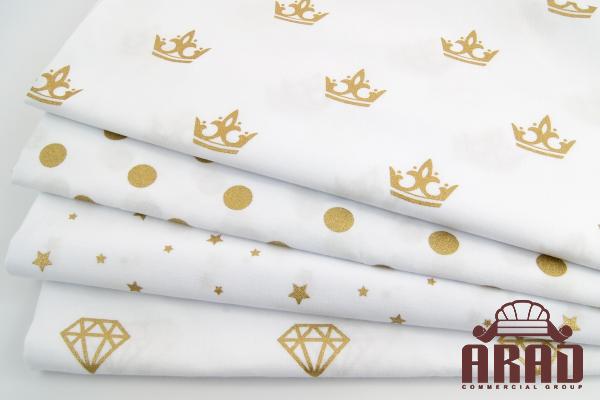
.
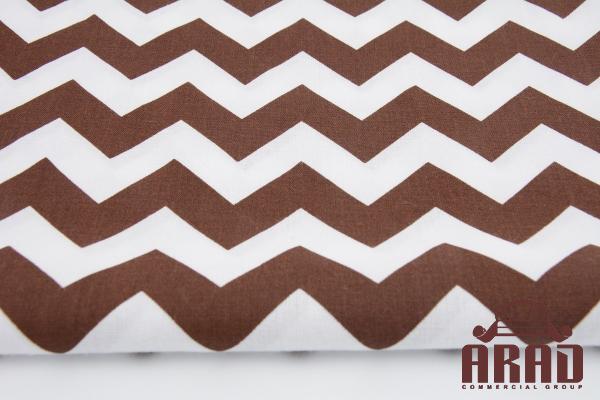 2. Linen: Linen, derived from the flax plant, is a fabric that radiates elegance and sophistication. Known for its strength and durability, linen has been cherished for thousands of years. Its natural texture, coolness, and ability to absorb moisture make it a perfect choice for warm weather. Linen’s sustainable attributes are further enhanced by the fact that flax requires minimal water and pesticides to grow. Whether it’s flowing linen dresses or tailored suits, this fabric adds a touch of timeless style to any wardrobe. 3. Silk: Silk, the epitome of luxury, has captivated fashion enthusiasts for centuries. Derived from the silkworm’s cocoon, silk is a natural protein fiber that is lustrous and incredibly soft.
2. Linen: Linen, derived from the flax plant, is a fabric that radiates elegance and sophistication. Known for its strength and durability, linen has been cherished for thousands of years. Its natural texture, coolness, and ability to absorb moisture make it a perfect choice for warm weather. Linen’s sustainable attributes are further enhanced by the fact that flax requires minimal water and pesticides to grow. Whether it’s flowing linen dresses or tailored suits, this fabric adds a touch of timeless style to any wardrobe. 3. Silk: Silk, the epitome of luxury, has captivated fashion enthusiasts for centuries. Derived from the silkworm’s cocoon, silk is a natural protein fiber that is lustrous and incredibly soft.
..
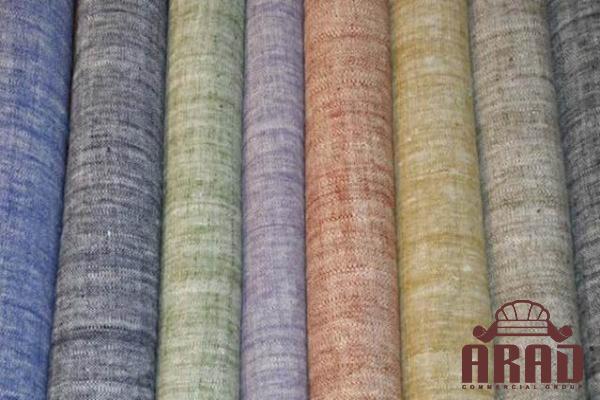 Often associated with opulence, silk adds a touch of elegance to any outfit. It is also highly sustainable, as the production process has become more eco-friendly in recent years. From delicate blouses to statement evening gowns, silk continues to reign supreme in the fashion world. 4. Wool: Wool, derived from the fleece of sheep or certain other animals, has long been revered for its warmth and insulating capabilities. It is a natural, renewable resource that is biodegradable and recyclable. Wool’s breathability and ability to regulate temperature make it suitable for both winter and summer wear. From cozy sweaters to tailored suits, wool offers a wide range of possibilities for those seeking style without compromising on sustainability.
Often associated with opulence, silk adds a touch of elegance to any outfit. It is also highly sustainable, as the production process has become more eco-friendly in recent years. From delicate blouses to statement evening gowns, silk continues to reign supreme in the fashion world. 4. Wool: Wool, derived from the fleece of sheep or certain other animals, has long been revered for its warmth and insulating capabilities. It is a natural, renewable resource that is biodegradable and recyclable. Wool’s breathability and ability to regulate temperature make it suitable for both winter and summer wear. From cozy sweaters to tailored suits, wool offers a wide range of possibilities for those seeking style without compromising on sustainability.
…
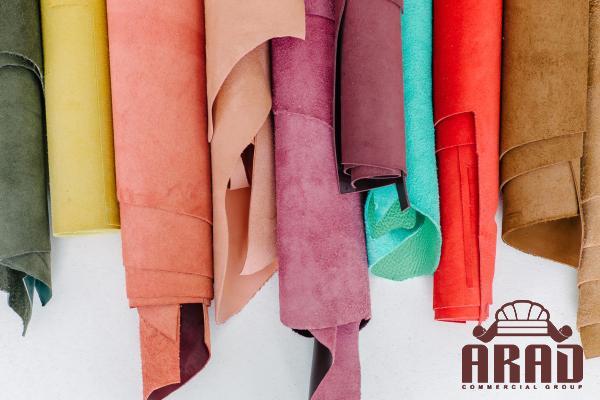 5. Hemp: Hemp, derived from the cannabis plant, has emerged as a highly sustainable and versatile fabric. It requires minimal water and pesticides to grow, making it an environmentally friendly choice. Hemp fabric is durable, resistant to bacteria, and breathable, making it ideal for outdoor and athletic wear. With its hypoallergenic properties, hemp has gained popularity in recent years as a sustainable alternative to synthetic fabrics. Conclusion: As the demand for sustainable and eco-friendly fashion continues to grow, natural fabrics have become the preferred choice for many. With their inherent qualities and minimal environmental impact, fabrics like cotton, linen, silk, wool, and hemp offer a combination of style, comfort, and sustainability. By opting for these natural textiles, we can contribute to a more environmentally conscious and responsible fashion industry while indulging in the beauty and allure of sustainable style.
5. Hemp: Hemp, derived from the cannabis plant, has emerged as a highly sustainable and versatile fabric. It requires minimal water and pesticides to grow, making it an environmentally friendly choice. Hemp fabric is durable, resistant to bacteria, and breathable, making it ideal for outdoor and athletic wear. With its hypoallergenic properties, hemp has gained popularity in recent years as a sustainable alternative to synthetic fabrics. Conclusion: As the demand for sustainable and eco-friendly fashion continues to grow, natural fabrics have become the preferred choice for many. With their inherent qualities and minimal environmental impact, fabrics like cotton, linen, silk, wool, and hemp offer a combination of style, comfort, and sustainability. By opting for these natural textiles, we can contribute to a more environmentally conscious and responsible fashion industry while indulging in the beauty and allure of sustainable style.

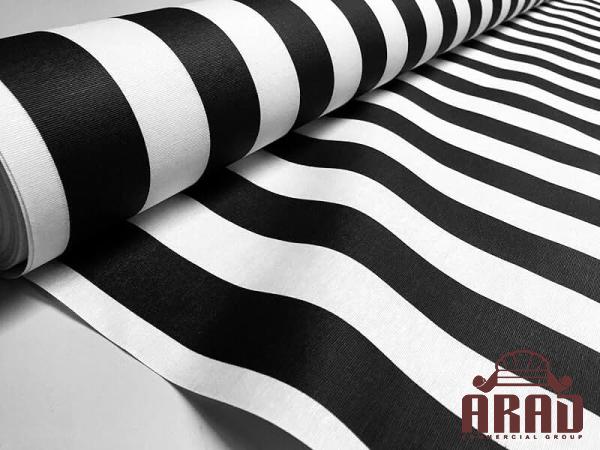
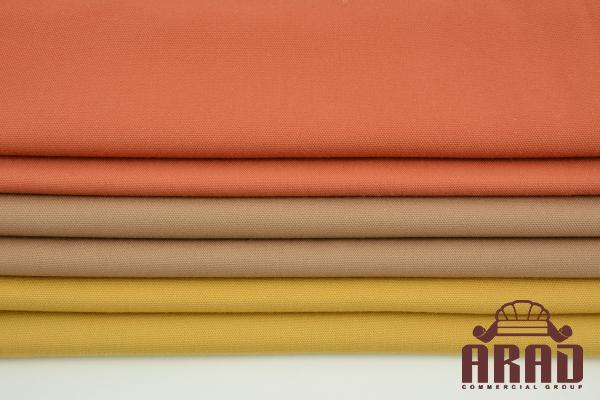
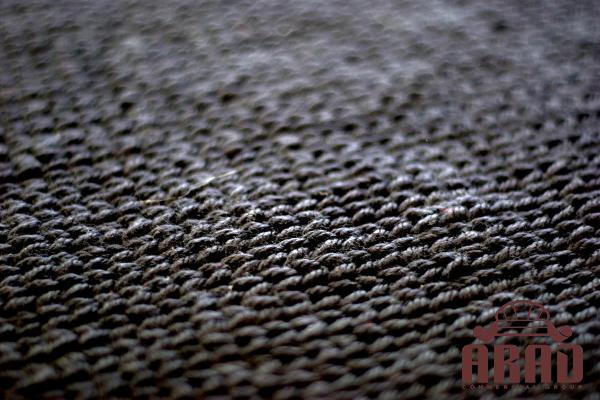
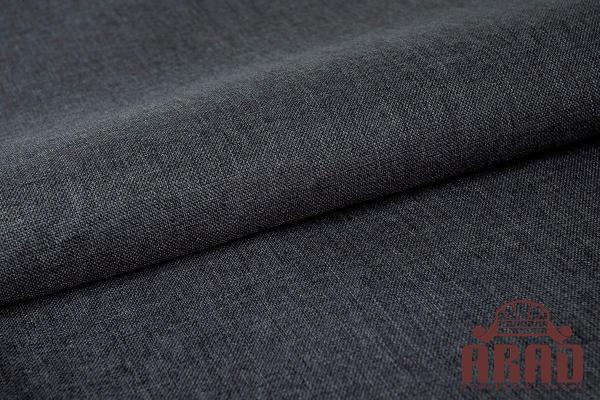

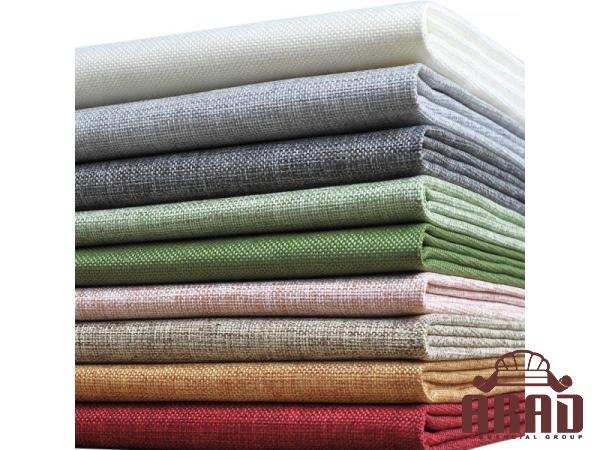
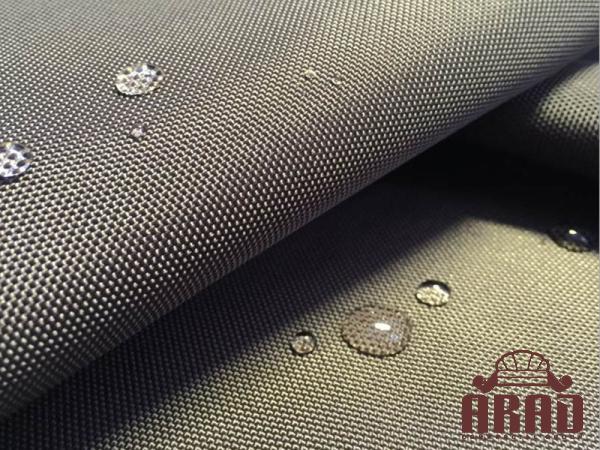
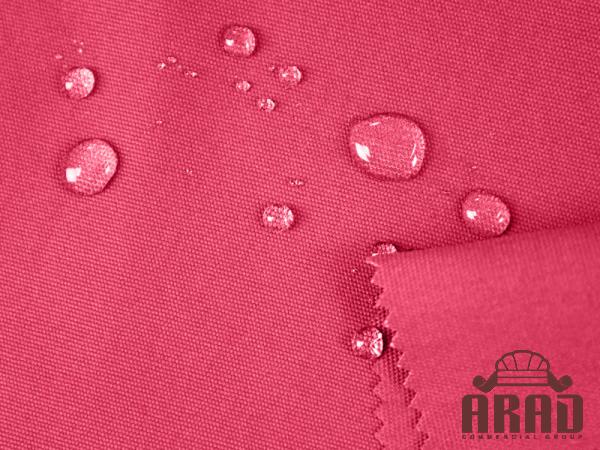
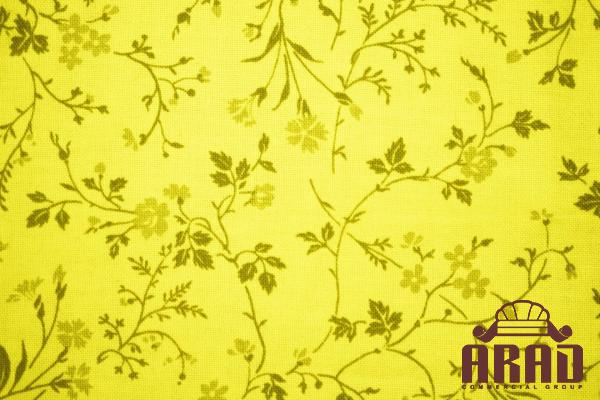
Your comment submitted.